The Tomb of Absalom
One of the three oldest tombs of
Jerusalem on the Mount of Olives
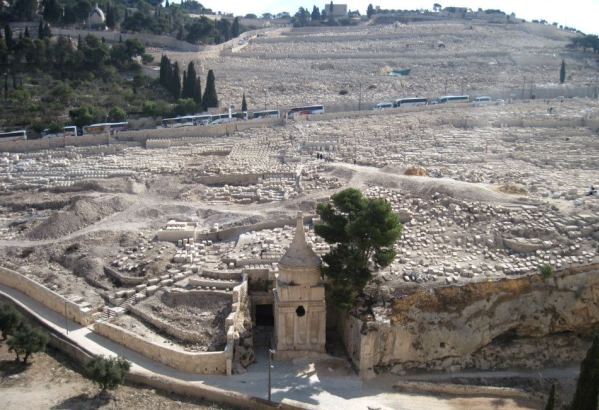
The Mount of Olives in Jerusalem has been used as a cemetery by Jews for 3,000 years. With over one hundred thousand graves it is also the largest Jewish cemetery in the world!
The Tomb of Absalom is the largest and most famous of the tombs. It is located in the Kidron Valley, known in the Bible as the Valley of Jehoshaphat, which lies in between the Mount of Olives and the Old City Temple Mount.
You may wonder why the Mount of Olives, known for its olive groves evolved to become the largest Jewish cemetery. According to the Biblical prophets and ancient Jewish learning, the Mount of Olives is where the 'End of the Days' will begin and those buried here will be the first who are resurrected to everlasting life.
The Tombs of Kidron Valley
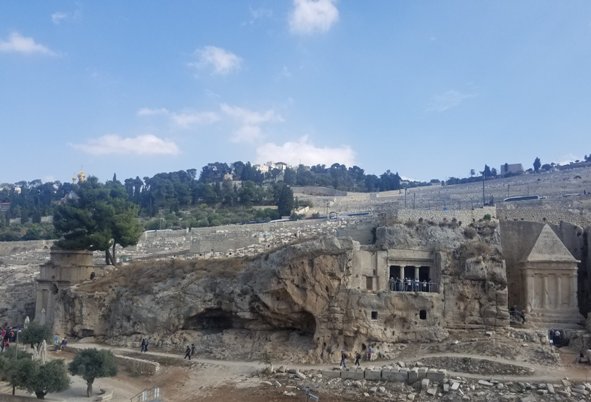
The Kidron Valley runs from Jerusalem southeast down the Judean Desert to the Dead Sea. The three oldest and grandest tombs are here at the footsteps of the Mount of Olives:
- the Tomb of Absalom - which in the photo above lies furthest left (north) and is partially hidden by a tree.
- the Bnei Hazir Tomb - in the middle of the photo. This tomb carved into the rocks was built for the Hezir priestly family, mentioned in the Dead Sea Scrolls as the priests (the Cohenim) in charge of Yom Kippur ceremonies in the days of the second temple.
- and the Tomb of the prophet Zechariah - which lies to the right (south) of the photo.
Not many people visit this area and its a true hidden gem!
Tourists flock to the Kotel and the Via Dolorosa just minutes away in the Old City. Christian tourists visit the famous churches on the Mount of Olives - the Catholic Pater Noster, the Orthodox Church of Mary Magdalene and the Garden of Gethsemane and the Protestant Church of all Nations, the closest to the Pillar of Absalom.
But many visitors are unaware of these monumental tombs in the Kidron Valley. It is a surprisingly pastoral place so close to the hustle and bustle of Jerusalem. You can almost imagine walking amid the olive groves in ancient times.
History of the Tomb of Absalom
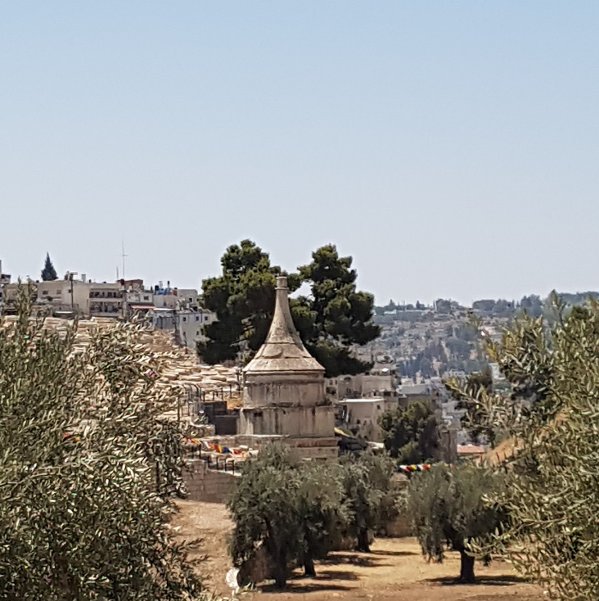
So what is the history behind the Tomb of Absalom (also called Absalom's Pillar, or Yad Avshalom in Hebrew)?
Absalom was King David's third and favorite son. One of the most tragic tales in the Bible is of the mutiny of Absalom against his father three thousand years ago. King David was unwilling to fight against his own flesh and blood. He asked Joab his general to defeat the mutiny but not to kill his son. Joab succeeded in suppressing the rebellion. The Bible tells us that Absalom was very proud of his long and beautiful hair, but his hair led to his death. While escaping on a donkey, Absalom's hair was trapped between the branches of a large tree and thus he was caught and killed by Joab.
Despite Absalom's betrayal, David mourned his beloved son. The Bible says, “And the king was much moved, and went up to the chamber over the gate, and wept and as he went, thus he said, O my son Absalom, my son, my son Absalom! Would God I had died for thee, O Absalom, my son, my son!”
The Bible states that since he had no sons, Absalom built for himself a memorial pillar in the King's Valley near the Mount of Olives. Which is why this tomb was associated with Absalom.
In reality, the monument was built 1000 years after Absalom died during the 2nd Temple period in the first centure CE. Gabriel Barkay, a leading archaeologist believes this is the tomb of Herod Agrippa, the last of the Herodian rulers of Judea and Herod's grandson.
Over the centuries Absalom's Tomb was almost completely covered by small rocks.
Pilgrims to Jerusalem of all religions would throw stones on the tomb of the son who betrayed his father. Jerusalem residents would bring their children to the almost hidden tomb to warn them of what happens to disobedient children.
The entire area was re-discovered and cleared by archaeologists in 1924.
More Details about the Tomb of Absalom
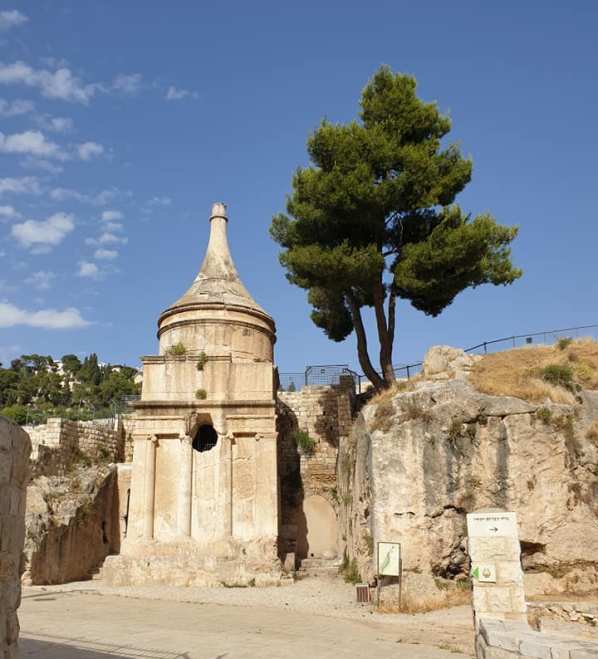
The tomb is over 22 meters high.
The bottom part of the tomb is hewn out of the rock with decorating half pillars and columns. Inside the square bottom section is a small burial chamber with two rooms which is not open to the public.
The upper part of the monument is a cone like structure that soars above completely separate from the rock.
Just nearby, closed off with iron bars is the 'cave of Jehoshapat' which has eight burial chambers decorated with carved vine leaves and grapes.
Though it is a bit off the beaten path, the Tomb of Absalom is one of the important landmarks in Jerusalem and a prime example of the ancient architecture in the Holy Land.
You may also be interested in:
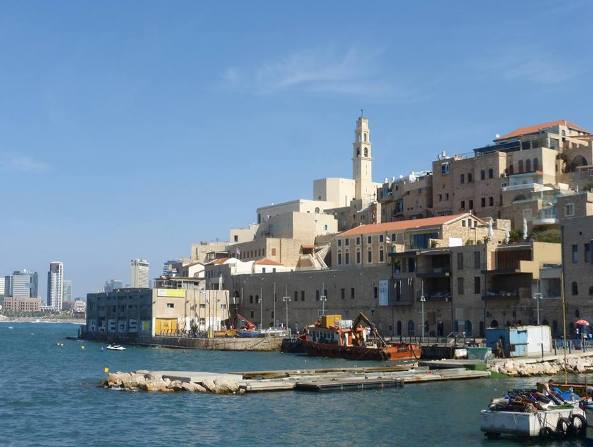

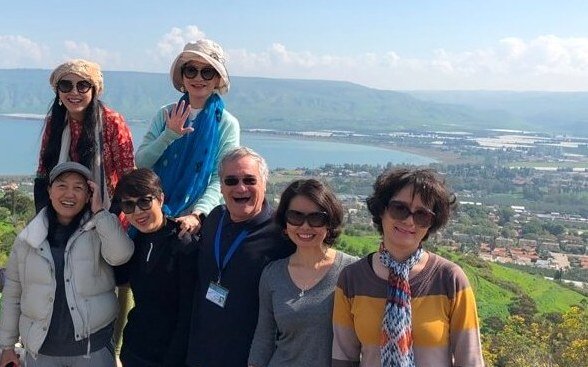
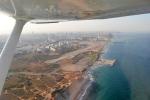
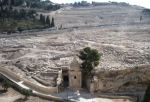

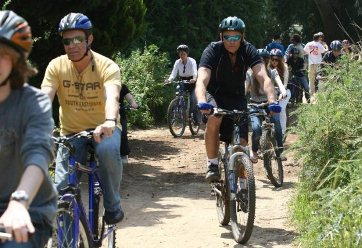
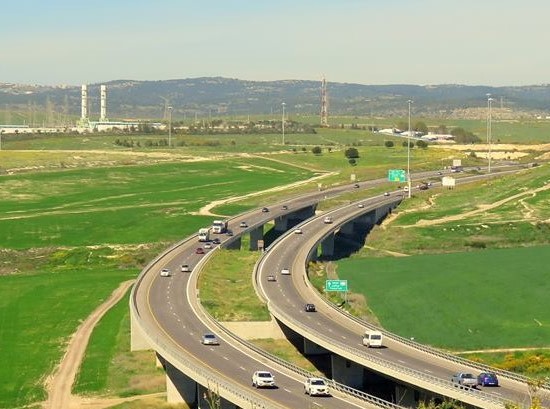

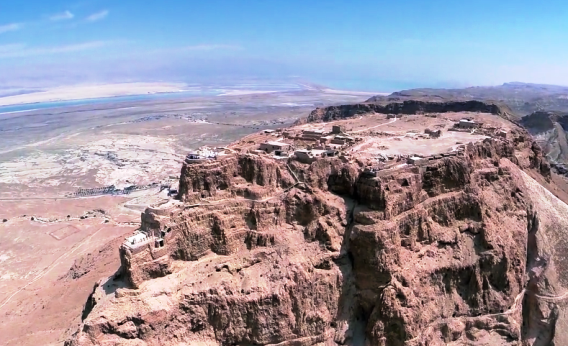


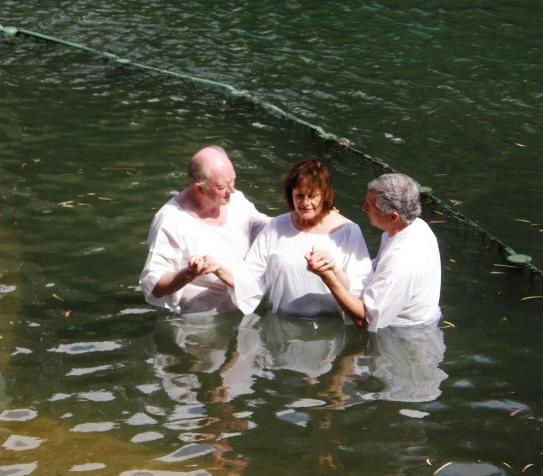

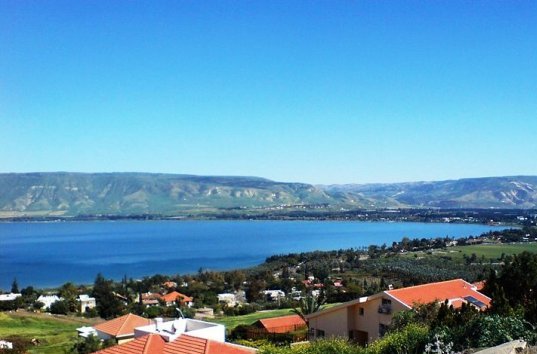
Facebook Comments
Enjoyed your visit? Have something to say? Why not leave a comment in the box below.